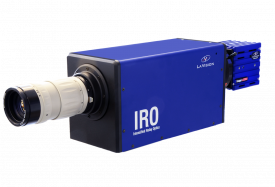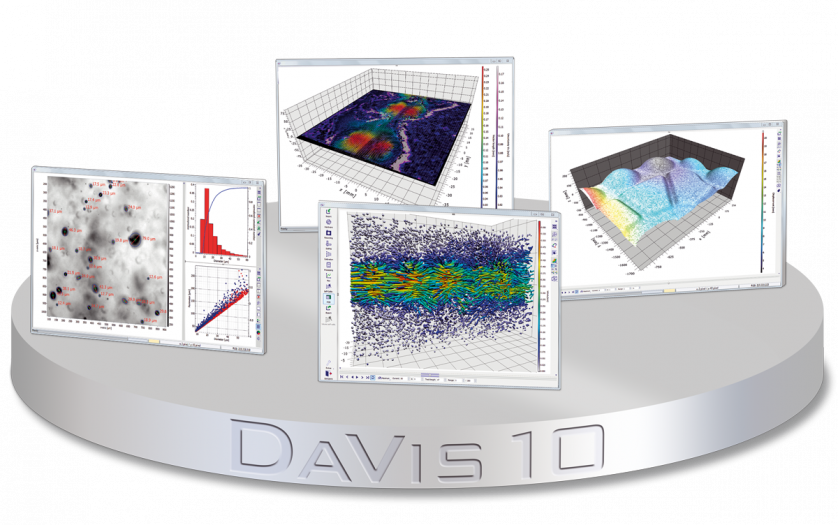方案详情文
智能文字提取功能测试中
Practical gas turbine engine combustors create extremely non-uniformflowfields, which are highly stratified making it imperative that similar environmentsare well understood. Laser diagnostics were utilized in a variety of stratifiedenvironments, which led to temperature or chemical composition gradients, to betterunderstand autoignition, extinction, and flame stability behavior. This work ranged fromlaminar and steady flames to turbulent flame studies in which time resolvedmeasurements were used.Edge flames, formed in the presence of species stratification, were studied byfirst developing a simple measurement technique which is capable of estimating animportant quantity for edge flames, the advective heat flux, using only velocitymeasurements. Both hydroxyl planar laser induced fluorescence (OH PLIF) and particleimage velocimetry (PIV) were used along with numerical simulations in thedevelopment of this technique. Interacting triple flames were also created in a laboratoryscale burner producing a laminar and steady flowfield with symmetric equivalence ratiogradients. Studies were conducted in order to characterize and model the propagationspeed as a function of the flame base curvature and separation distance between theneighboring flames. OH PLIF, PIV and Rayleigh scattering measurements were used inorder to characterize the propagation speed. A model was developed which is capableof accurately representing the propagation speed for three different fuels. Negative edgeflames were first studied by developing a one-dimensional model capable of reproducingthe energy equation along the stoichiometric line, which was dependent on differentboundary conditions. Unsteady and laminar negative edge flames were also simulatedwith periodic boundary conditions in order to assess the difference between the steadyand unsteady cases. The diffusive heat loss was unbalanced with the chemical heatrelease and advective heat flux energy gain terms which led to the flame proceeding andreceding. The temporal derivative balanced the energy equation, but also aided in theunderstanding of negative edge flame speeds. Turbulent negative edge flame velocitieswere measured for extinguishing flames in a separate experiment as a function of thebulk advective heat flux through the edge and turbulence level. A burner was designedand built for this study which created statistically stationary negative edge flames. Theedge velocity was dependent on both the bulk advective heat flux and turbulence levels.The negative edge flame velocities were obtained with high speed stereo-viewchemiluminescence and two dimensional PIV measurements.Autoignition stabilization was studied in the presence of both temperature andspecies stratification, using a simple laminar flowfield. OH and CH2O PLIFmeasurements showed autoignition characteristics ahead of the flame base. Numericalchemical and flow simulations also revealed lower temperature chemistry characteristicsahead of the flame base leading to the conclusion of lower temperature chemistrydominating the stabilization behavior. An energy budget analysis was conducted whichdescribed the stabilization behavior.
关闭产品配置单
北京欧兰科技发展有限公司为您提供《燃烧中OH 平面激光诱导荧光检测方案(CCD相机)》,该方案主要用于其他中OH 平面激光诱导荧光检测,参考标准《暂无》,《燃烧中OH 平面激光诱导荧光检测方案(CCD相机)》用到的仪器有LaVision IRO 图像增强器、PLIF平面激光诱导荧光火焰燃烧检测系统、德国LaVision PIV/PLIF粒子成像测速场仪、LaVision DaVis 智能成像软件平台。
我要纠错
推荐专场
CCD相机/影像CCD
更多相关方案

















 咨询
咨询